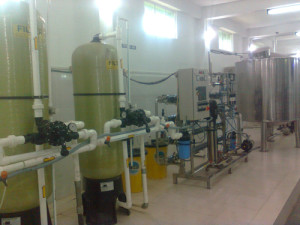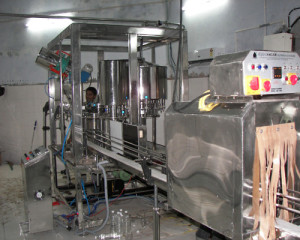Water which is obtained from natural resources is not fit for consumption. Water is found in plenty from rivers, streams and lakes but there is a huge scarcity of drinking water. Harmful microbes are present in water, thus making it unfit for consumption.
There are several diseases which are caused due water contamination. Water needs to be treated properly both for domestic and commercial purpose.

In water treatment plants and water softening plants, water is treated to make it consumable. In water softening plants, hard water is converted to soft water whereas in water treatment plants, the harmful microbes are killed and chemicals are removed through various water treatment processes.
It is important and interesting as well to know the various methods of water treatment:
Ultraviolet Treatment- The water is made to pass the ultraviolet purifier where the contaminants present in the water is exposed to UV light. Thus the microbes are killed.
Ozone Treatment- By Ozone treatment, biological contaminants are effectively killed and odour is also removed. But ozone treatment is quite expensive.
 Membrane Treatment- Water impurities are removed by using semi-permeable membrane. Pressure-driven and electrically driven are the two methods of membrane water treatment.
Membrane Treatment- Water impurities are removed by using semi-permeable membrane. Pressure-driven and electrically driven are the two methods of membrane water treatment.
Reverse Osmosis Treatment- In order to remove pesticides, microbes, organic contaminants and chemical toxins from home water, Reverse Osmosis (RO) is used. This is a very effective method to treat water.
The effectiveness of water treatment process entirely depends on the degree of contamination of water. Depending on it, one or more processes should be combined to treat water and make it fit for consumption.
